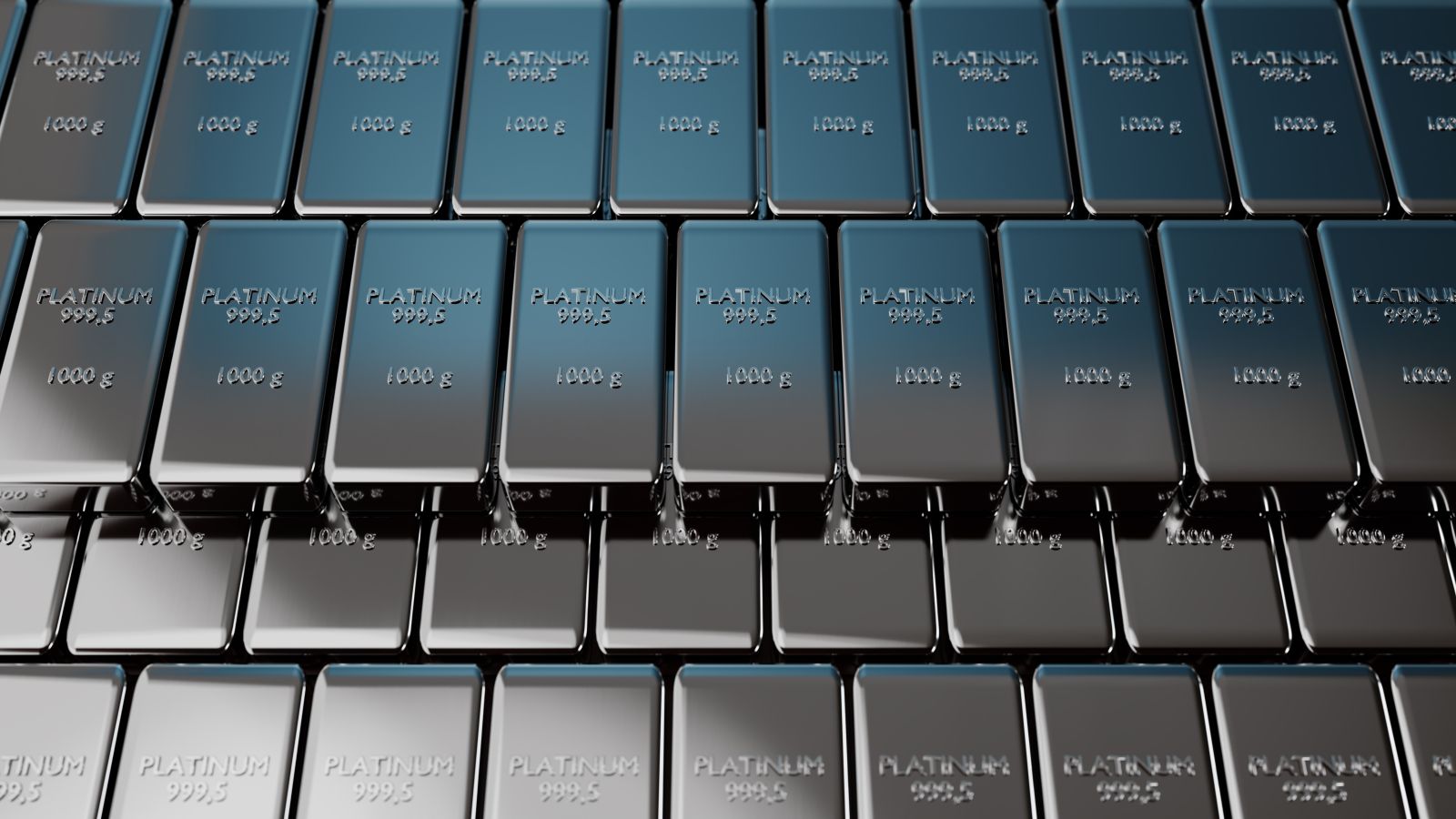
For years, platinum’s nickname was “rich person’s gold.” From the mid-1970s through 2011, platinum prices were primarily higher than gold. However, for more than a decade, platinum has underperformed its precious cousin, with the gap between gold and platinum prices increasing. In February 2024, platinum was trading at a record low against gold.
Platinum prices moved 7.33% lower in 2023, closing the year at the $995 per ounce level. In a December 27, 2023, Barchart article, I wrote:
Platinum and palladium were the worst-performing precious metals in 2023, and the losers during one period often become winners during subsequent ones. Platinum and palladium prices have declined to levels that could offer value, with significant upside potential and limited downside risk in 2024.
On February 21, platinum was over $100 per ounce lower than its 2023 closing price.
Platinum is rarer than gold
In 2023, the world produced around 3,000 metric tons, or nearly 96.5 million ounces, of gold. Platinum output was only 6% of gold production, at 5.8 million ounces, or 180 tons.
Gold and platinum are precious metals, but platinum is more precious when it comes to annual supplies.
Platinum production primarily from two countries
Platinum output declined in 2023. In 2022, the leading platinum producers by country were:

As the chart shows, of the approximately 210 metric tons of platinum output in 2022, South Africa was the dominant producer, accounting for around two-thirds of the world’s output. Russia, with 20 tons of output, produced over 9.5%. While South African production is from primary mines, Russian output is primarily a byproduct of nickel production in the Norilsk region of Siberia.
The platinum-gold spread at historical lows
The platinum-gold spread that measures platinum’s premium or discount against gold reveals platinum’s significant weakness over the past years.

The chart ({PLJ24}-{GCJ24}) dating back to the 1970s shows platinum mostly commanded a premium to gold from 1975 through 2010, with platinum’s premium peaking at over $1,200 per ounce in 2008. From 2011 through 2014, platinum alternated between a premium and discount to gold, and from 2014 through 2024, platinum’s discount to gold steadily increased. In February 2024, platinum was trading more than $1,100 under gold, a record low on the commodity pair.
Platinum has many industrial applications
Platinum’s density and high melting point make the metal critical for many industrial applications. Automobile catalytic converters that clean environmental toxins require platinum and other platinum group metals. Oil and petrochemical refining and fiberglass catalysts also require platinum. Other uses include electronics, jewelry, and medical applications (chemotherapies and imaging equipment).
Platinum has a history as an investment metal, but its price performance over the past years has tarnished its attraction.
PPLT is the most liquid platinum ETF product
Platinum is far less liquid than gold, which increases its potential for price volatility. While platinum has underperformed gold for years, past performance does not guarantee the future.
Investors and traders could turn to platinum as an alternative if gold continues to make higher highs over the coming months and years. The most direct route for a risk position in platinum is via physical bars and coins. NYMEX platinum futures that contain 50 ounces per contract offer a physical delivery mechanism for market participants seeking exposure.
The most liquid ETF product is the Aberdeen Physical Platinum ETF (PPLT). At $81.65 per share, PPLT had over $935 million in assets under management. PPLT trades an average of 114,510 shares daily and charges a 0.60% management fee.

The chart since 2010, PPLT’s inception, shows the bearish trend from 2010 through the 2020 low. While platinum and PPLT recovered from the 2020 bottom, reaching a high in February 2021, the trend has been primarily bearish over the past three years.
Nearby NYMEX platinum futures were below $890 per ounce in late February, with nearby gold futures over the $2,000 level. Platinum’s trend remains bearish, but the rare metal offers value for investors seeking exposure to precious metals. At under half the price of gold, platinum could be a sleeper for the coming years as lower liquidity could eventually ignite a substantial recovery.
On the date of publication, Andrew Hecht did not have (either directly or indirectly) positions in any of the securities mentioned in this article. All information and data in this article is solely for informational purposes. For more information please view the Barchart Disclosure Policy here.






